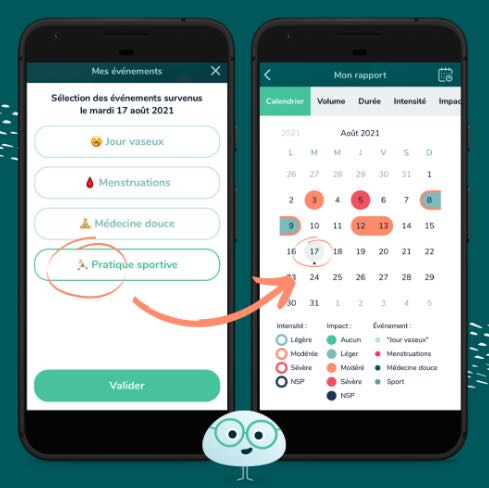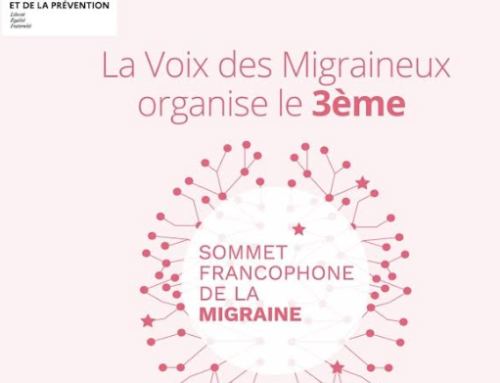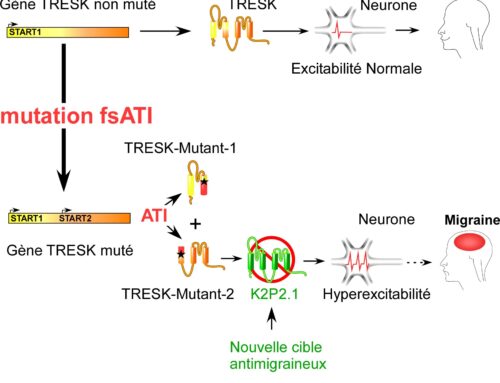Migraine and Sport
Migraine and Sport
The issue of sports can be delicate for migraine sufferers. In our time, sports are recommended almost everywhere: they are a weight-loss ally, they tone the skin, they help fight fatigue… In short, they have almost only benefits. Is this also the case for people suffering from migraines? Does physical exercise help relieve migraine attacks? Is it advisable for everyone? For all types of migraines? Let’s find out.
💪 Physical Exercise: A Possible Improvement for Migraine
💪 Physical Exercise: A Possible Improvement for Migraine
Even in the context of migraine, physical exercise is recommended to relieve and prevent attacks. Sport, in fact, is believed to improve the quality of sleep and lower stress levels. It also helps regulate meal times, weight, and reduces the risk of depression, which are often migraine triggers. It also promotes the release of endorphins, a hormone responsible for feelings of well-being and relaxation, and increases pain tolerance.
For these many reasons, among others, the American Academy of Neurology and the American Headache Society recommend regular physical activity to reduce the intensity and duration of migraine attacks.
🤸♂️ Which sport to win over migraine ?
🤸♂️ Which sport to win over migraine ?
A recent literature review published in 2019 in The Journal of Headache and Pain specifically focuses on moderate to high-intensity aerobic exercise. As a reminder, aerobic exercise is an energetic form of gymnastics aimed at strengthening the cardiovascular system, oxygenating the body, and burning calories. This sport combines cardio exercises, stretching, and muscle strengthening.
According to this article, regular aerobic exercise could lead to a decrease in the number of migraine days per month. Consequently, the researchers recommend moderate to high-intensity exercise, ranging from 3 to 5 days a week, for approximately 45 to 60 minutes per session. Of course, it is important to engage in this routine over several weeks with consistency to experience its benefits.
Why, in this case, is physical exercise not recommended as a treatment for migraines, or even as a supplement to treatment? Simply because the studies on the subject are relatively few and very recent. Furthermore, they do not yet provide a definitive answer on the subject.
For instance, at the present time, it’s challenging to establish a clear correlation between migraine attacks and physical exercise because several elements remain uncertain: we don’t know which sports are optimal, nor which specific movements.
Finally, the mechanisms (biological, psychological) underlying the potential effectiveness of physical exercise on migraines have not yet been precisely identified.
In other words, a connection is starting to become more evident, but it is not yet fully established. Especially considering that physical exercise might have no impact on certain very specific types of migraines.
🏊♂️ Sport, a triggering factor for some migraine sufferers?
🏊♂️ Sport, a triggering factor for some migraine sufferers?
Conversely, some individuals experience migraine attacks due to sports. In fact, 10% of migraine sufferers mention physical exercise as a trigger for their attacks (link to the study). How can this be explained?
Firstly, it’s important to emphasize that migraine attacks and symptoms are not identical from one individual to another. Each person reacts differently to stimuli, making it challenging to blame a specific triggering factor or measure its involvement. Nevertheless, there can be observed similarities among individuals.
For instance, a recent study examined the recurrence of attacks during physical exertion in a 26-year-old competitive swimmer. She complained of intense migraines after her training sessions, noting that she never warmed up before. When she incorporated adequate warm-up routines (meaning long enough and appropriate), her post-exertion migraine attacks completely disappeared for three months. When she discontinued the warm-up, the migraines returned.
More generally, it appears that it is intense exercise performed without proper warm-up that can lead to migraine attacks during or after exertion. If exercise worsens the attacks, it is typically limited to attacks occurring during or shortly after exertion. Furthermore, physical exercise would not result in any aggravation of long-term symptoms or attacks. In 1994, the International Headache Society even coined a term for these specific headaches: primary exertional headaches.
It’s worth noting that the worsening of attacks during exertion can be attributed to other factors such as dehydration during exercise, excessive heat, or being in a confined space if it’s an indoor sport.
🤷♀️ Conclusion
🤷♀️ Conclusion
Regular moderate-intensity sports practice, along with proper warm-up, would not lead to any long-term worsening of migraines. Moreover, it may be capable of reducing the frequency and intensity of migraine attacks.
Sport can be a particularly valuable ally in the fight against migraines, although it should not replace treatment. It seems fitting to incorporate it into a healthy lifestyle, just like nutrition.
However, since every individual is different, the practices and benefits can vary from person to person. It can be challenging to determine which sport is best suited to you. For this reason, don’t hesitate to keep a regular record of your sports activities. Apo Migraine allows you to mark on the migraine calendar the days when you have engaged in sports to assess their potential long-term benefits. This way, you’ll more easily discover which sport has a positive impact on you!






